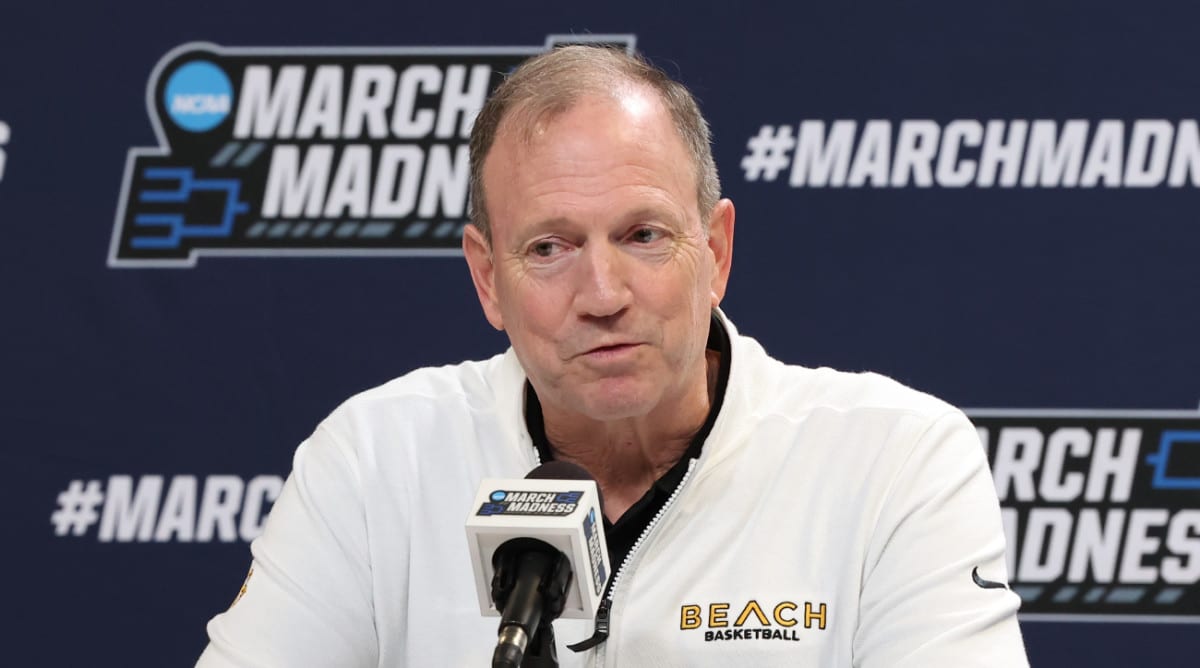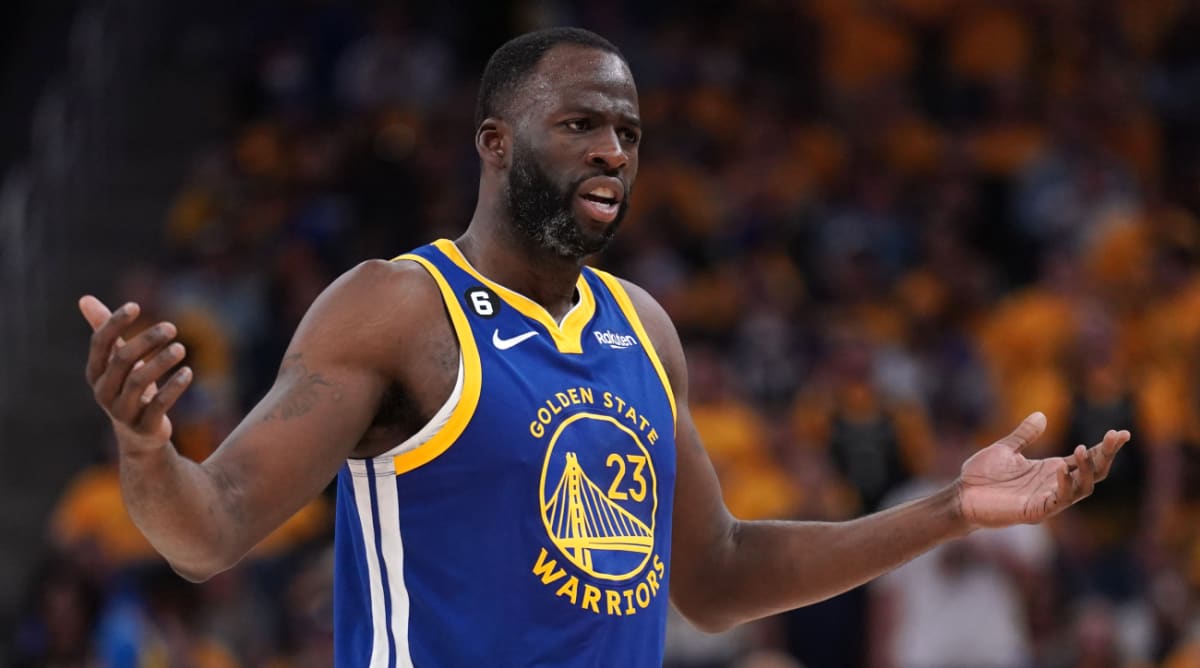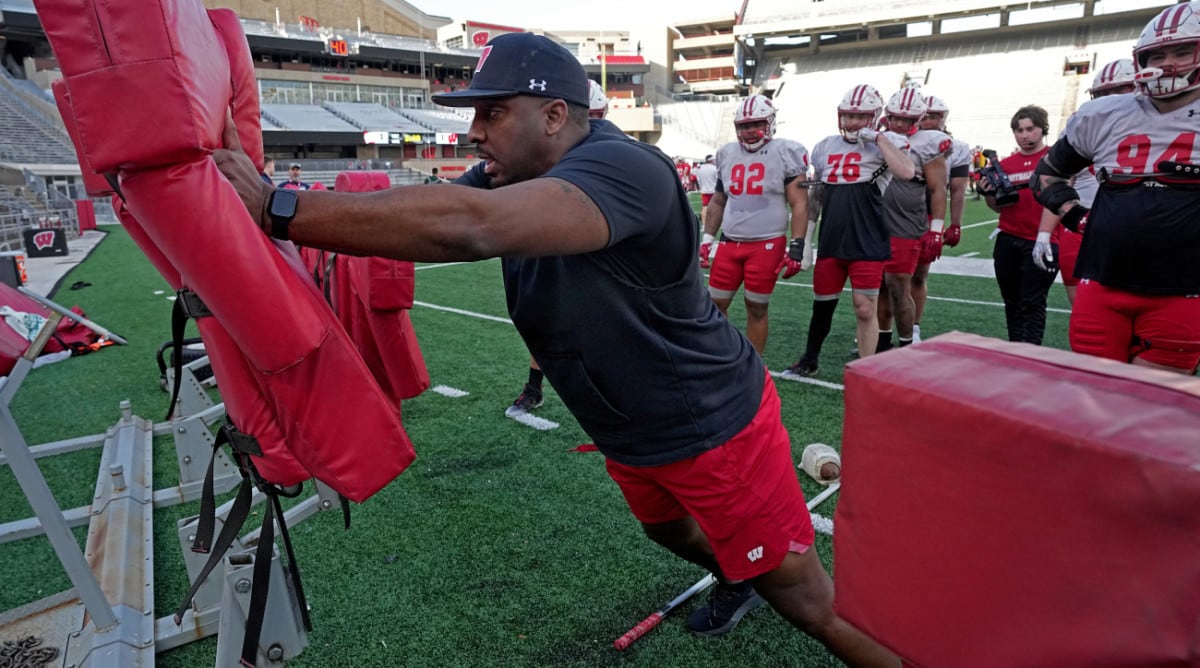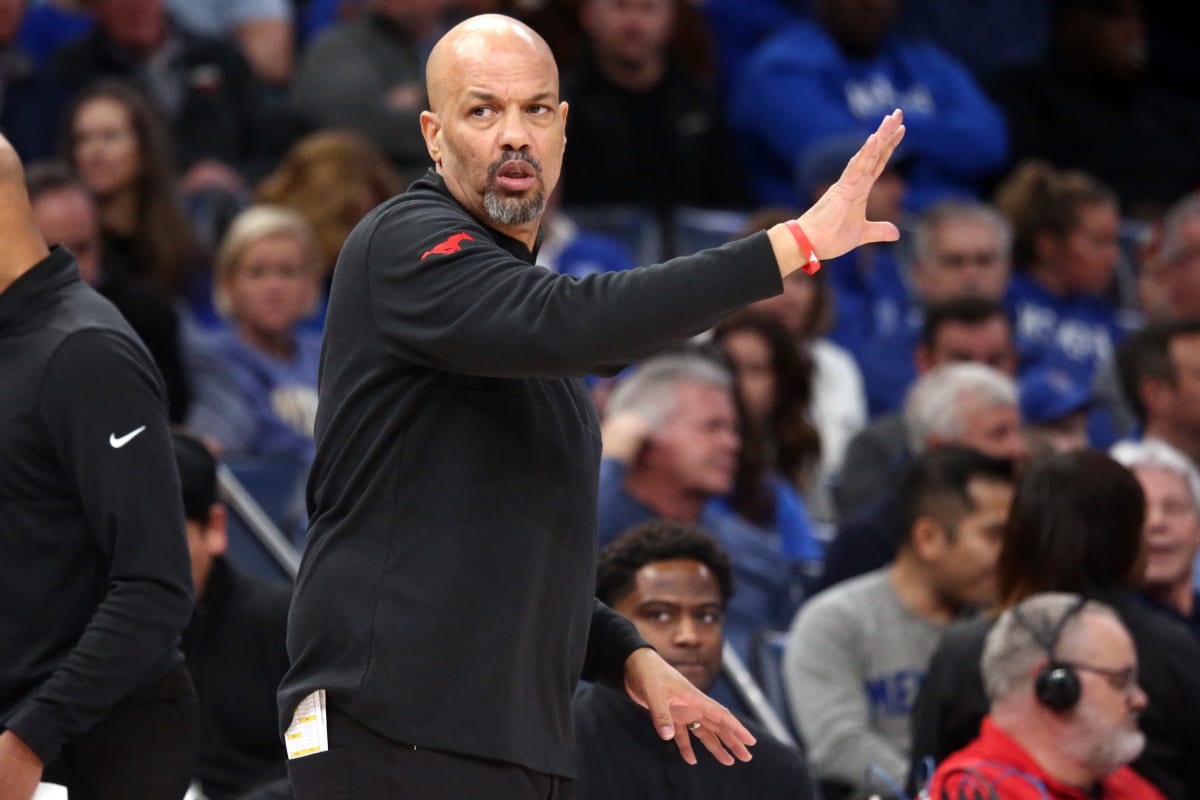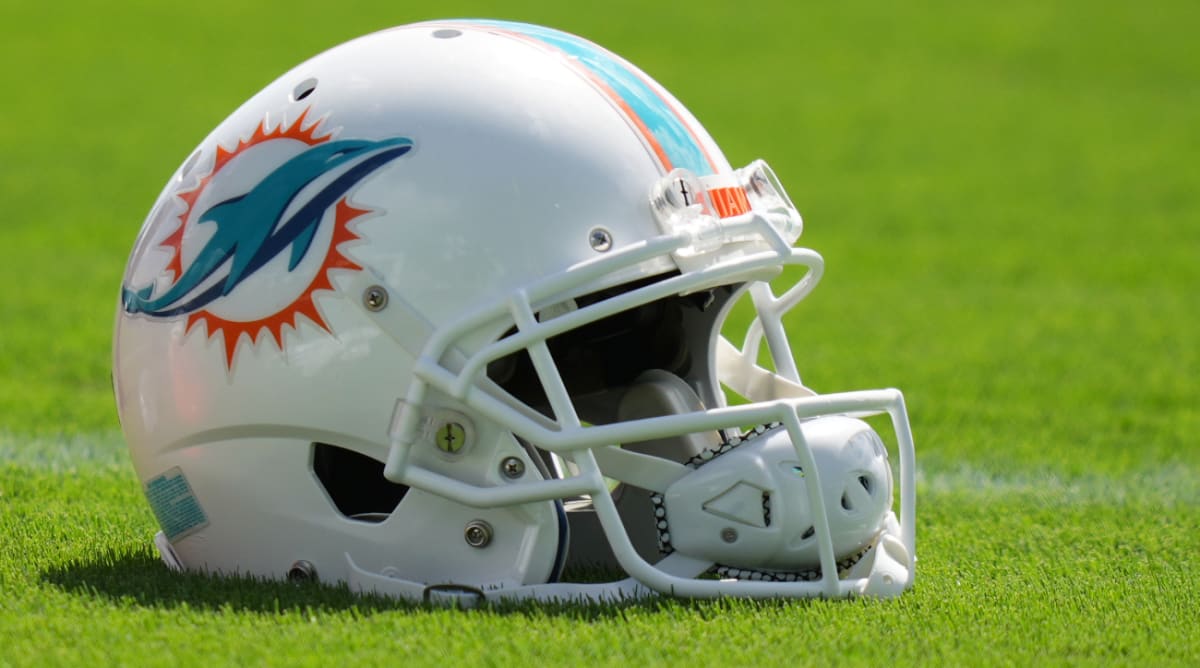That chalky taste in your mouth?
That’s just the aftertaste from the first two rounds of the NCAA men’s and women’s basketball tournaments.
If you like upsets and Cinderella stories, well, this isn’t your year. The Sweet 16 is set in both brackets, and they’re both dominated by top seeds and power-conference schools.
As they say in tournament pool parlance, it’s a lot of “chalk” that’s advanced to the regional semifinals.
The men’s tournament continues with regionals from Thursday (March 28) through Sunday (March 31), after which the four regional champions will conclude the season at the Final Four in Phoenix on April 4 and 6.
The women’s tournament also continues with regionals this weekend, from Friday (March 29) through Monday (April 1). The four regional champions will march on to the Final Four in Cleveland on April 5 and 7.
And while the tournaments may lack a fun glass-slipper story this season, there are a lot of high-powered teams and great players remaining in both brackets, which usually makes for thrilling regional rounds as teams try to punch their Final Four tickets.
Here’s a by-the-numbers glance as each tournament heads into the Sweet 16:

Men’s tournament
0: Final Four appearances for four of the teams remaining. Alabama, Clemson, Creighton and Tennessee are all seeking their first Final Four berth in program history. Iowa State has made it once, but it’s been a while. The Cyclones last reached the Final Four in 1944. It’s also been a while for Purdue, which made the second of its two Final Fours in 1980, and North Carolina State, which last made it in 1983. That was Jim Valvano’s famous “Survive and Advance” national championship team.
1: Double-digit seed remaining. And it’s not exactly a small-school Cinderella program, either. Nonetheless, N.C. State is on a remarkable run, as the Wolfpack had to win five games in five days to claim the ACC Tournament title to even get into the national tournament in the first place. Their hot streak has continued with two more wins in the national tourney. Next up is No. 2 seed Marquette in a South Region semifinal Friday night.
1: Team from the state of Illinois left. The Illinois Fighting Illini, a No. 3 seed in the East Region, cruised through the first two rounds, beating No. 14 seed Morehead State, 85-69, and No. 11 Duquesne, 89-63. But there won’t be any more double-digit seeds left if the Illini are to make their first Final Four since finishing as the national runner-up in 2005 (this is also their first Sweet 16 berth since that season). They play No. 2 seed Iowa State in a regional semifinal Thursday night. If they win that one, it’s either No. 1 seed and defending national champion UConn or No. 5 seed San Diego State for a trip to the Final Four on Saturday. The Illini have made the Final Four five times (1949, 1951, 1952, 1989, 2005) but are still seeking their first modern-era national title.
2: Big Ten teams left. And they’re no surprise. Purdue, a No. 1 seed, won the Big Ten regular-season title. Illinois won the Big Ten Tournament title. The Boilermakers play No. 5 seed Gonzaga in a Midwest Region semifinal Friday night.
4: No. 1 and No. 2 seeds each remaining. That means half the Sweet 16 is comprised of the highest-seeded teams to begin the tournament. On the No. 1 line, UConn, North Carolina, Houston and Purdue are all still alive. On the No. 2 line, Iowa State, Arizona, Marquette and Tennessee are still playing.
4: ACC Tournament teams left. The most impressive conference thus far has been the Atlantic Coast Conference, which placed four teams in the Sweet 16 out of just five that were in the tournament field to start. The conference has No. 1 seed North Carolina, No. 4 seed Duke, No. 6 seed Clemson and No. 11 seed N.C. State still dancing. And since they’re on opposite sides of the bracket, a North Carolina-Duke blood rivalry national title game is still possible.
20: National championships won between the 16 teams remaining. North Carolina has won six (1957, 1982, 1993, 2005, 2009, 2017), Duke has won five (1991, 1992, 2001, 2010, 2015), UConn has won five (1999, 2004, 2011, 2014, 2023), N.C. State has won two (1974, 1983), and Marquette (1977) and Arizona (1997) have each won one.
24.5: Points per game this season for Purdue’s Zach Edey. That leads all of NCAA Division I. The Boilermakers’ dominant 7-foot-4 center averaged 26.5 points, 17.5 rebounds and three blocks in the first two rounds, including a 30-point, 21-rebound masterpiece in a first-round defeat of No. 16 seed Grambling. Edey also leads the nation in free-throw attempts and is second in rebounds per game as he looks to cap his remarkable NCAA career by leading Purdue to its first national championship.
2023: The last time UConn and San Diego State played each other in the NCAA Tournament. That was last season’s national title game, a 76-59 win for the Huskies. They’ll meet again less than a year later in an East Region semifinal Thursday night.
Women’s tournament
0: Double-digit seeds remaining. Actually, it was nearly the top four seeds advancing to the Sweet 16 in all four regions. Only No. 5 seed Colorado in Regional 2 and No. 5 seed Baylor and No. 7 seed Duke in Regional 3 kept that from happening.
2: Big Ten teams remaining. Iowa, a No. 1 seed in Regional 2 in Albany, plays No. 5 seed Colorado in a regional semifinal Saturday afternoon. Indiana, a No. 4 seed in Regional 1 in Albany, plays No. 1 seed South Carolina in a regional semifinal late Friday afternoon.
8: Teams remaining still seeking their first national title. Half the Sweet 16 field could win the title for the first time. Iowa, Indiana, Oregon State, Gonzaga, N.C. State, Duke, UCLA and Colorado are all still alive for their first championship. Iowa was last year’s runner-up, losing in the title game to LSU, which claimed its first title.
11: Teams left of the 12 highest-seeded teams to start the tournament. Only Ohio State, seeded No. 2 in Regional 3, didn’t make it through to regionals. Otherwise, all four No. 1 seeds (South Carolina, Texas, Iowa, USC), three of four No. 2 seeds (Notre Dame, Stanford, UCLA) and all four No. 3 seeds (Oregon State, N.C. State, LSU, UConn) are still playing.
25: National championships between the Sweet 16 teams remaining. While half the field left has never won a national title, the other half has won a whole bunch. Leading the way is UConn, which has won 11 national championships, the most in women’s history. The Huskies claimed their first title in 1995, another in 2000, three straight from 2002-04, two in a row from 2009-10 and another four straight from 2013-16. That makes their eight-year title drought seem like an eternity. Baylor, meanwhile, has won three national titles (2005, 2012, 2019), Stanford has also won three (1990, 1992, 2021), USC (1983, 1984), Notre Dame (2001, 2018) and South Carolina (2017, 2022) have each won two, and Texas (1986) and LSU (2023) have each won one.

3,830: Career points now scored by sensational Iowa senior guard Caitlin Clark. Earlier this season, she broke men’s legend Pete Maravich’s record for most points scored in NCAA Division 1 basketball history, men’s or women’s. Clark leads all of NCAA Division I in scoring this season by a wide margin at 31.3 points per game. These are the final games of her college career, as she’s already announced she’ll enter the WNBA Draft after the season. Like Zach Edey in the men’s tournament, Clark is trying to conclude a historic college career by leading her team to its first national championship.
Two
This number deserves its own category.
UConn is the only school to have both it’s men’s and women’s basketball teams win the NCAA Division I national championship in the same season.
And if you’re into numbers and patterns, then it seems the Huskies are about to do it again.
UConn has actually accomplished the “dual title” feat twice, first in 2004. The program did it again 10 years later, in 2014.
Look what year it is now.
Remarkably, UConn has a chance to pull off its third “dual title” — three more than every other program combined — each of them 10 years apart.
So if you’re thinking about your 2034 office pools already, you have a solid choice for your champions.
But for now, enjoy this weekend’s Sweet 16s!



















































